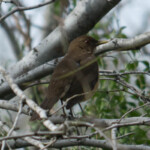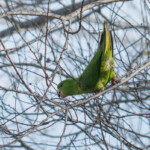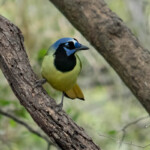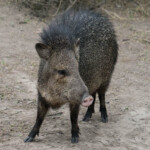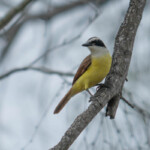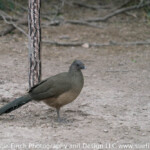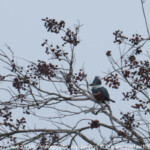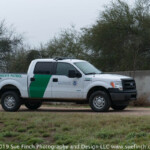We stayed four nights of our trip at a little RV park (Americana The Birding Center RV Park) just north of Bentsen State Park so we would have easy access to the Butterfly Reserve and the park. The campgrounds actually had a small Birding area with trails and feeding stations along it. Before heading out to get our windshield replaced (cracked by a rock on the highway just inside the Texas border), we walked the trail.
After meeting Omar at a warehouse behind the T-Mobile we had a brand new windshield.
By noon we were at the World Birding Center, where the entry station and gift shop for Bentsen State Park is located. This part of the park will be on the USA side of the wall if it is built. The rest of the park (all of the trails and natural wooded areas) will be stuck behind the wall and visitors will most likely need a passport to visit this Texas land. We visited the park twice, once on Friday and then again Sunday morning for a guided birding trip. On that trip we were able to see and identify 50 different bird species. We also saw rabbits, Havalena, the nest of the Verdin bird (a desert bird related to the titmouse and wrens), and acres of Mesquite, Texas Ebony, Retama and other trees.
Unfortunately during the flood eight years ago, when the park was completely under water, invasive Guinea Grass invaded the park and some animals, like the Pygmy Owl never returned. The park is home to the spotted ocelot, an endangered species, that might not survive another flood event like the one eight years ago if its path is blocked by a border wall. I have included pictures from both days of our visit there.
In all the time we spent there, we never actually saw the river. Huge expanses of Texas land will be cut off from people and no one knows what the requirements will be for people to visit it. Will there be a border crossing where people will have to have a passport or show papers? Will there be limited hours for entry? No one knows.
The big losers will be the wildlife that lives there as the ones on the North are cut off from water supplies and the ones to the south are unable to escape rising flood waters. Nocturnal animals will most likely have border lighting disrupting their sleep patterns and hunting. Genetic diversity will be lost as species can not intermingle.
Economically there is fear that people will not visit due to the added hassle of crossing the border. In an area where 6000 people depend on tourism for their income that is a scary thought. References here.
Here is the list of species we saw on our Sunday Morning tour of the area:
- Pine Siskin
- Lesser Goldfinch
- House Finch (actually rare in Texas)
- Ringed Kingfisher
- Kiskadee
- Black Phoebe
- Golden Fronted Woodpecker
- Gray Hawk (immature and adults)
- Great tailed Grackles
- Curved Billed Thrasher
- Northern Mockingbird
- Blue Gray Gnat Catcher
- Lark Sparrow
- Orange Crowned Warbler
- Ladder backed Woodpecker
- Green Jay
- Yellow Bellied Sap Sucker
- American Pipit
- Ruby crowned Kinglet
- Northern Cardinal
- Olive Sparrow
- Lincoln Sparrow
- Zone Tailed Hawk (usually more west)
- Black chinned Hummingbird
- Ruby throated Hummingbird
- Plain Chachalacas
- Altimira Oriole
- Inca Dove
- Turkey Vulture
- White tipped Dove
- Black crested Titmouse
- Hooded Oriole
- Red winged Black Bird
- Great Egret
- Common Yellow throat
- Pied Billed Grebe
- Belted KingFisher
- Vermillion Flycatcher
- Anhinga
- Blue winged Teal
- Red Tailed Hawk
- Mourning Dove
- White Eyed Vireo
- Black Vulture
- Harris Hawk
- Common Ground Dove
- Common Pauraque
- Red Shouldered Hawk
- Long Billed Thrasher
- Buff Bellied Hummingbird
